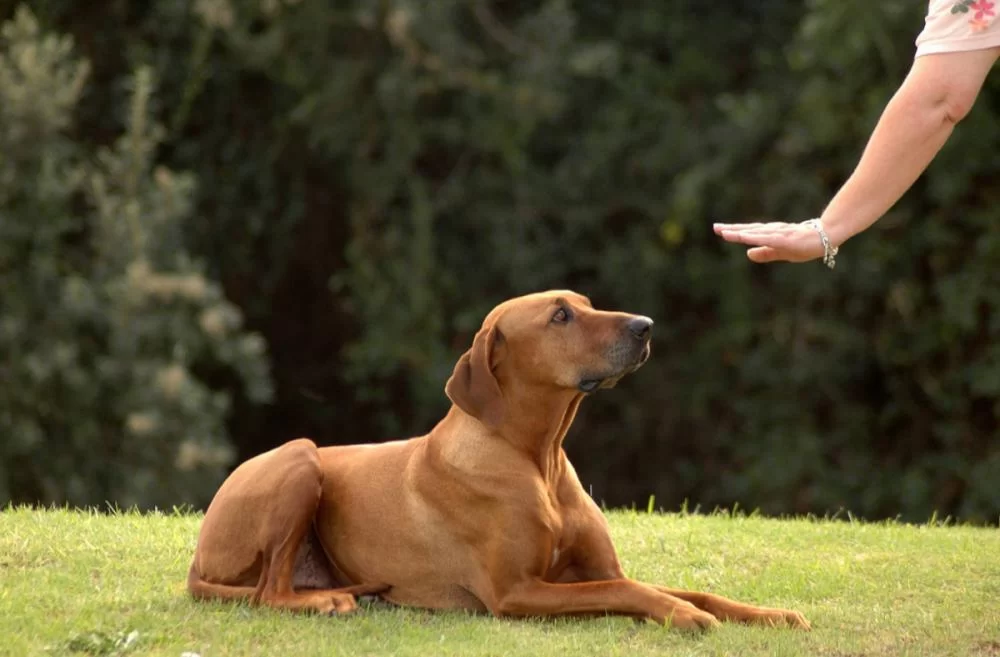Understanding the Importance of Dog Training
As a proud dog owner, I know how overwhelming it can be when you're faced with a puppy that doesn't seem to understand the basics of good behavior. From chewing shoes to barking at strangers, these are just a few of the challenges many of us face when we first bring a dog into our homes. That's when I realized how crucial dog training is, not just for the dog's well-being but for the harmony of the entire household.
In this guide, I want to share my personal experience with dog training courses for beginners. Whether you're struggling with a rowdy puppy or an adult dog that needs a little help becoming more obedient, taking the right course can make all the difference. I will walk you through my journey, tips for choosing the best course, and how to create a well-behaved, happy companion.
My Journey: Why I Decided to Take a Dog Training Course
When I first adopted my dog, Max, I had no idea what I was getting into. He was adorable, but he had a bad habit of pulling on the leash during walks, jumping on guests, and barking excessively. I quickly realized that these behaviors weren’t just inconvenient—they could potentially be dangerous. I didn’t want Max to get into trouble or hurt anyone, so I decided to look into professional dog training courses.
After some research, I found that dog training courses for beginners are incredibly beneficial. These courses offer structured training environments where both the dog and the owner can learn the fundamentals of obedience, socialization, and communication. The right course not only helps teach your dog commands like "sit" and "stay," but it also strengthens the bond between you and your pet.
Choosing the Right Dog Training Course for Your Needs
Choosing the best dog training course for beginners can be a bit tricky, especially with all the options available. From group classes to one-on-one sessions, there are many different types of training programs to consider. Here's what I learned from my experience:
1. Group Classes: Socialization and Learning in a Controlled Environment
One of the first courses I tried was a group class at my local training center. These classes are usually affordable and provide an excellent opportunity for dogs to interact with each other. I quickly realized that group training isn’t just about teaching your dog how to follow commands—it’s also about socialization. In these classes, your dog will learn how to behave around other dogs and people, which is especially important for puppies. I loved seeing Max interact with other dogs, and it helped him gain more confidence.
2. Private Sessions: One-on-One Training for Specific Issues
While group classes are great, I also found that private sessions can be incredibly beneficial if your dog has specific behavior problems. For example, Max’s excessive barking at strangers was something that didn’t improve much in the group setting. So, I opted for private sessions with a trainer who could work with us one-on-one. These sessions allowed the trainer to address Max’s unique behavior and tailor the training to his needs. It’s a more personalized approach that can be very effective for challenging issues.
3. Online Courses: Convenience and Flexibility
In addition to in-person training, online courses became an essential part of my training routine. With a busy schedule, I appreciated being able to train Max from the comfort of my home. Online courses often include video tutorials, step-by-step instructions, and helpful resources that you can refer to at any time. Many online programs also allow you to track your dog’s progress and give you access to a community of dog owners who share similar experiences. For us, this was a great option for consistency and convenience.
Key Benefits of Dog Training Courses for Beginners
Investing in a dog training course can lead to a range of benefits. From my own experience, I’ve seen improvements in Max’s behavior, communication skills, and even his relationship with me. Here are some of the key benefits I gained from dog training courses:
1. Enhanced Communication
Before training, Max and I had a hard time understanding each other. I would give him commands, but he would often ignore me, or I couldn’t understand why he was reacting the way he did. Dog training helped me learn how to communicate more effectively with him. I began to understand the subtle cues dogs give off, and Max started to understand my signals and expectations. This created a deeper connection between us.
2. Reduced Behavioral Problems
Training has significantly reduced Max’s behavioral problems. The constant barking stopped, he learned to stop jumping on guests, and walking on a leash became a much more enjoyable experience for both of us. These are just a few examples of how training has made our lives easier and more enjoyable.
3. Increased Confidence
Training isn’t just about controlling behavior—it’s also about building your dog’s confidence. By mastering new skills and earning rewards, dogs feel more secure in their environment. I’ve noticed that Max is much calmer and more composed in situations that used to make him anxious. His newfound confidence has made a huge difference in our everyday lives.
What to Look for in a Good Dog Training Course
When selecting a dog training course, there are a few important factors to consider:
1. Certified Trainers
Look for trainers who are certified by reputable organizations such as the International Association of Animal Behavior Consultants (IAABC) or the American Kennel Club (AKC). Certification ensures that the trainer has the necessary knowledge and experience to handle a variety of dog training situations.
2. Positive Reinforcement
Training that uses positive reinforcement—such as treats, praise, and toys—tends to be the most effective. I found that Max responded well to positive reinforcement because it made training enjoyable for him. Avoid trainers who use punishment-based methods, as these can lead to fear and anxiety in dogs.
3. Flexible Scheduling
Life can be busy, and scheduling training sessions around work or family commitments can be challenging. Choose a training program that offers flexible scheduling options or even virtual classes so that you can stick to your dog’s training without added stress.
How Hidden Brook Veterinary Can Help
If you're looking for expert guidance and tailored dog training recommendations, I highly recommend checking out Hidden Brook Veterinary. They offer a variety of services, including personalized training plans and advice from experienced trainers. Whether you’re just starting with a puppy or dealing with more complex behavioral issues, they have the knowledge to help you and your dog succeed.
At Hidden Brook Veterinary, you’ll find not only training courses but also a community of passionate pet owners and professionals who are dedicated to helping you build a strong, trusting relationship with your dog.












